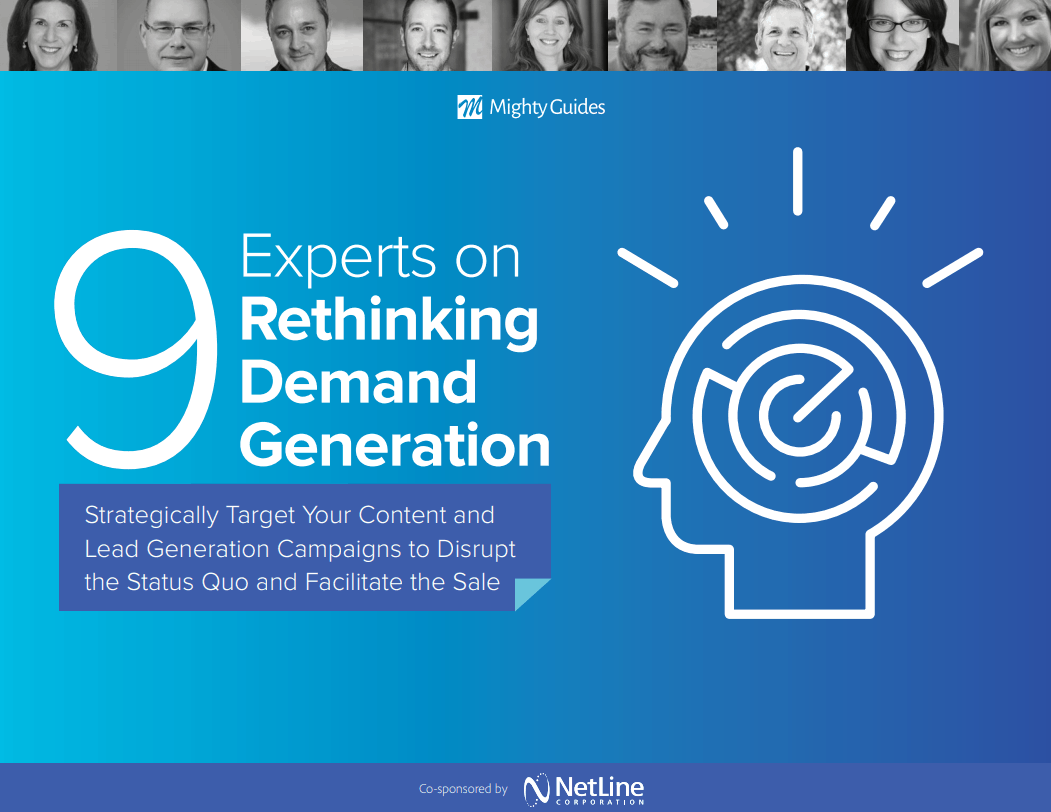
David Rogelberg, Publisher, Mighty Guides
Tearing Down the Status Quo
- People work hard to avoid instability and risk. You must convince them that not all risk is bad, that some change can produce amazing results.
- To increase the likelihood of overturning the status quo, work to facilitate communication among those who push for change and those who will pay for that change.
- Convince your prospects that refusing to change can have the same or even a greater impact than the change they want to avoid.
“To get people to make a change, you first have to make them realize the unbearable costs and risks associated with doing nothing.”
People generally hate change. Change creates risk and uncertainty, and it usually requires work—the very things people try to avoid. Behavioral economics has a name for this phenomenon; the status quo bias. We prefer to stick with things we know, and we fear the risks that change can bring. In fact, people typically prefer the status quo 60 percent of the time, even when the reason for the change is perfectly rational.
To better understand just how strong this bias is, research from Kahneman and Tversky (1979) suggests that people want to avoid pain twice as much as they want the pleasure they’ll receive from a reward. In other words, they suggest that a person feels twice as much pain from losing $100 as he or she would pleasure from gaining $100.
Most marketers produce content that focuses on the pleasure a customer would gain by using their company’s solution and completely avoids talking about the pain of sticking with the status quo, which is a more powerful motivator. According to CEB, a Gartner company that has conducted groundbreaking research in this area, companies should focus 60 percent of their content on why companies should make a change from their status quo.
Here are seven tactics to disrupt prospects’ status quo:
1. Reframe the prospects’ thinking by giving them relevant business insight that challenges them to view their status quo in a new way.
2. Get prospects to take a virtual test drive of your concept to build their understanding of the loss they will experience by not making a change.
3. Create change stories that focus on situations behind which multiple stakeholders can rally rather than individual stories for each person.
4. Create content that brings prospects directly back to you and you alone.
5. Answer the tough “what change costs” questions openly, honestly, and in an authentic way that your prospects can relate to personally. Skeptics will be your biggest influencer if you can win them over.
6. Your demand generation content must create, empower, and identify Mobilizers.
7. Help Mobilizers and buy-decision stakeholders talk to each other.
To get people to make a change, you first have to make them realize the unbearable costs and risks associated with doing nothing. You must convince them that the “pain of same” is greater than the “pain of change.” To do this, you must understand your prospects’ perception of what they are currently doing and why to be able to distinguish your solution as less risky. Your content must break down your prospects’ current strategy and compare it with a new strategy that makes your solution look safer.



